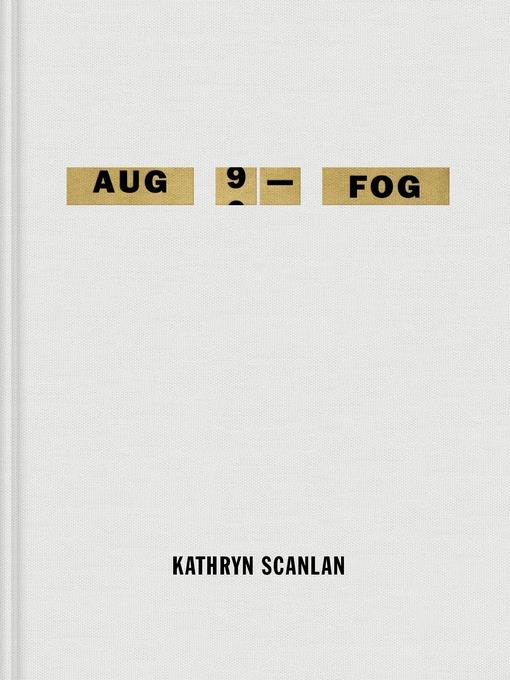
Aug 9--Fog
کتاب های مرتبط
- اطلاعات
- نقد و بررسی
- دیدگاه کاربران
نقد و بررسی

Starred review from April 1, 2019
Scanlan’s outstanding debut inventively adapts a real woman’s diary. This slim volume’s opening note states that 15 years ago at an estate auction, Scanlan found the diary of a woman who lived in small-town Illinois; the diary covered 1968 through 1972, and the woman was 86 years old when she started writing. Over the years, Scanlan “edited, arranged, and rearranged” the contents, the product of which is this volume. Each entry mostly consists of only two or three sentences per page, and the material is ostensibly normal. “D. washed my head. Fed all my flowers. No dogs in sight today” reads one entry; another reads: “Terrible windy everything loose is traveling.” The diary-keeper has dozens of acquaintances she sees (“Ruth came thru operation. Hiller’s house burned”; “Myra picked up 53 sparrows dead”), and fills these pages with activities (“That puzzle a humdinger”), movements (“D. out to cemetery, her head stone is being put up”; “Found nice teaspoon out in pasture”), and observations (“I weighed 120 had on blue & new shoes. My feet smelled some”). The book is a fascinating chronicle of Scanlan’s obsession, but, more than that, it transforms a seemingly ordinary life into a profound and moving depiction of how humans can love and live. Scanlan’s portrait of an everywoman feels entirely new.

April 1, 2019
An elderly woman's diary of daily life in the Midwest provides inspiration for this assemblage of found text. Scanlan's debut begins with an indispensable author's note in which she describes acquiring a diary at an estate auction. The diary spanned five years in the life of an Illinois woman who was 86 years old when she began the project of keeping track of her days. Falling apart and badly water-damaged, the diary was only partly legible. But the voice Scanlan found within it--idiosyncratic, matter-of-fact--compelled her to keep returning to the diary, rearranging and collaging bits of language. The result, labeled "part diary, part collage, part fiction," is a slender volume arranged by seasons; most pages feature only a few words. The weather is one obsession: "Terrible windy," reads one entry, "everything loose is traveling." We get glimpses of chores, like sewing and canning, and gossip from others' lives. A narrative starts to emerge when one recurring figure, seemingly a son or son-in-law, gets severely ill and then, in the hospital, "seemed to just sleep away." There is an undeniable poignancy in the readerly act of filling in the gaps of this octogenarian's life, her voice pulled into the present from where it had been suspended in the late 1960s/early '70s. Scanlan's project will be familiar to anyone who reads contemporary poetry: Titans like Susan Howe or Solmaz Sharif have made stunning poems from found text. But Scanlan's book is "part fiction," and it's unclear where the invention, if any, actually comes in. What are the woman's words, and what aren't? Scanlan doesn't explain. And where Sharif or Howe use public texts, this is private writing manipulated and published as a work of art by Scanlan. Here, the text offers pleasures that the context complicates. A work of frequent beauty but puzzling intent.
COPYRIGHT(2019) Kirkus Reviews, ALL RIGHTS RESERVED.

























دیدگاه کاربران